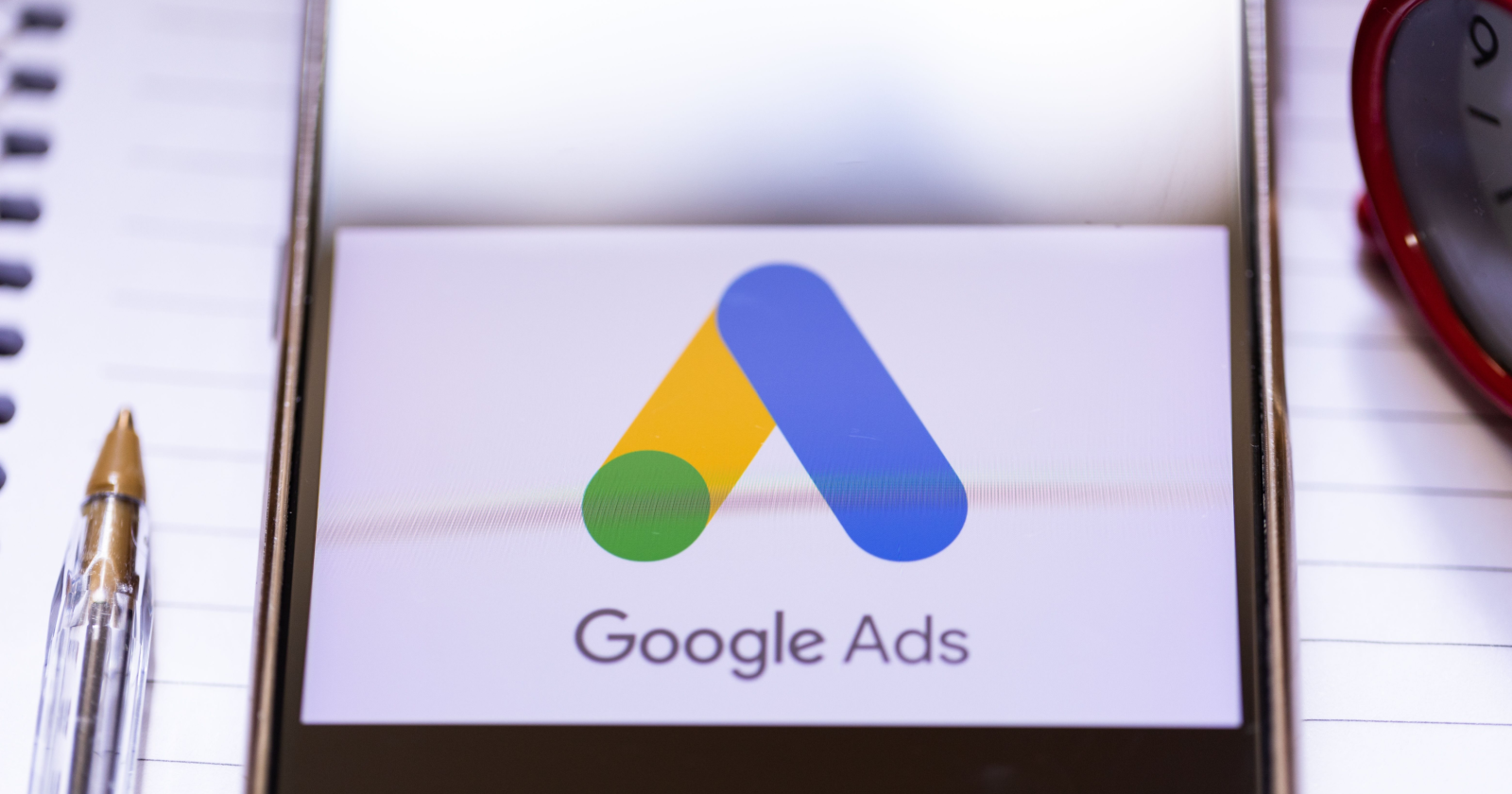Google announced that first click, linear, time decay, and position-based attribution models in Google Ads are going away in mid-July.
Google states in an update to a previous announcement:
“As a follow-up to our announcement that first click, linear, time decay, and position-based attribution models will be going away, we will be removing selectability of these models for all conversions in Google Ads beginning in mid-July.”
Google originally planned to remove these attribution models in June, citing their lack of flexibility to keep up with today’s complex customer journeys.
The previous announcement read:
“Rules-based attribution models assign value to each advertising touchpoint based on predefined rules. These models don’t provide the flexibility needed to adapt to evolving consumer journeys.”
Google’s data-driven attribution model, which uses AI to determine how much impact each ad interaction has on a conversion, has become the most popular model for automated bidding.
“Today, less than 3% of Google Ads web conversions are attributed using first click, linear, time decay, or position-based models,” Google reported.
Google will switch any existing conversions using these models to data-driven attribution in September 2023.
At that point, first click, linear, time decay and position-based models will be removed from all Google Ads reporting.
Advertisers will have the option to change to the last-click model if they prefer.
Benefits Of Data-Driven Attribution
Google’s data-driven attribution model has several benefits over the older rules-based models:
- Accuracy: The AI analyzes all the interactions and touchpoints that lead to a conversion and determines how much each interaction contributed. This provides a more accurate view of the impact of ads compared to a one-size-fits-all model like first-click attribution.
- Adaptability: Because the model is data-driven, it updates automatically as the conversion paths evolve. Static rules-based models can’t adapt in this way.
- Automation: By understanding the true impact of each interaction, the model can power automated bidding to spend more on the ads that drive the highest value. This results in improved performance over time.
- Cross-compatibility: The AI examines the full cross-device, cross-channel journey to appropriately credit interactions across mobile, desktop, display, search, social, referral traffic, and more.
Getting Started With Data-Driven Attribution
Here are the steps to get started with data-driven attribution in Google Ads:
- Make sure you have conversion tracking set up.
- Go to the Attribution tab under the Tools menu.
- Enable data-driven attribution on the Attribution tab.
- Apply data-driven attribution to your conversion actions.
- Under the “Models” section, click “Apply or edit models.”
- Toggle on “Data-driven attribution” for any conversion you want to use this model for.
- Leave the others as “Last click attribution” or “First click attribution.”
Now, let the AI build your model.
It takes at least seven days of data to build an initial model and four weeks to optimize it for automated bidding.
Additional Steps
Check-in regularly on your insights in the Attribution tab, and adjust your ads, keywords, and budgets to improve performance.
You’ll see customers’ paths to convert and the impact of each channel and device.
You can use an automated bidding strategy like Target CPA bidding or Maximize Conversions to get the full benefits of data-driven attribution.
Automated bidding will use your data-driven attribution model to optimize ad spend and maximize conversion value.
In Summary
Starting mid-July 2023, Google will only support its data-driven attribution model, which utilizes AI for a more accurate and adaptable analysis of ad impacts.
This move is estimated to affect less than 3% of web conversions currently using the older models.
Advertisers transitioning to this AI-powered model should ensure proper conversion tracking, enable data-driven attribution in their Google Ads settings, and consider automated bidding strategies to maximize the benefits.
Featured Image: rafastockbr/Shutterstock
!function(f,b,e,v,n,t,s) {if(f.fbq)return;n=f.fbq=function(){n.callMethod? n.callMethod.apply(n,arguments):n.queue.push(arguments)}; if(!f._fbq)f._fbq=n;n.push=n;n.loaded=!0;n.version='2.0'; n.queue=[];t=b.createElement(e);t.async=!0; t.src=v;s=b.getElementsByTagName(e)[0]; s.parentNode.insertBefore(t,s)}(window, document,'script', 'https://connect.facebook.net/en_US/fbevents.js');
if( typeof window.sopp != "undefined" && window.sopp === 'yes' ){ fbq('dataProcessingOptions', ['LDU'], 1, 1000); } console.log('load_px'); fbq('init', '1321385257908563');
fbq('track', 'PageView');
fbq('trackSingle', '1321385257908563', 'ViewContent', { content_name: 'google-ads-postpones-data-driven-attribution-switch-to-mid-july', content_category: 'news pay-per-click' }); } });

